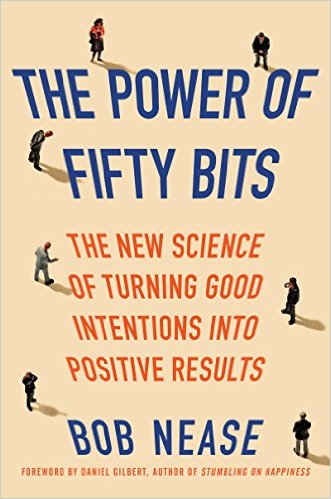Today’s Wall Street Journal reports on an Express Scripts study of GlowCaps, an integrated system for monitoring and improving medication adherence. Why are we excited about this study? A few important reasons:
- Non-adherence to medications is a major problem. Conservative estimates peg the annual cost of non-adherence at over $100B… and that doesn’t include the pain and suffering that can result from failing to take medications as prescribed.
- There’s no silver bullet solution. Darn! The causes of non-adherence are many, and no one intervention will solve the problem.
- We’re often looking in the rear-view mirror. It takes months of prescription claims data to get a reliable measure of adherence. This means PBMs are constantly looking at an issue that took place months ago, and can’t intervene until after a bad habit has formed.
- It’s hard to know what the problem is at the patient level. Claims data aren’t up to the task here, either; they just don’t have the resolution to tell us whether someone is having a problem with side effects, forgetfulness or procrastination on refills.
Approaches like the GlowCap system offer intriguing new ways to address each of these challenges. GlowCaps enables access to near real-time pill-taking behavior with extremely detailed resolution. We will, for example, be able to understand which patients do well taking their medications Monday through Friday, but struggle on the weekends. GlowCaps also offers a great platform for testing applied behavioral science approaches such as pre-commitment; patients will be able to sign up for phone reminders should they not take their medications on time, as well as adherence reports that can be shared with their physicians.
We’ll keep you posted as we learn more about innovative methods to gain better insights into the problem of therapy adherence… insights that we believe will lead to powerful solutions to drive to better health and value in the pharmacy benefit.
(Note: this entry originally appeared at consumerology.com)




